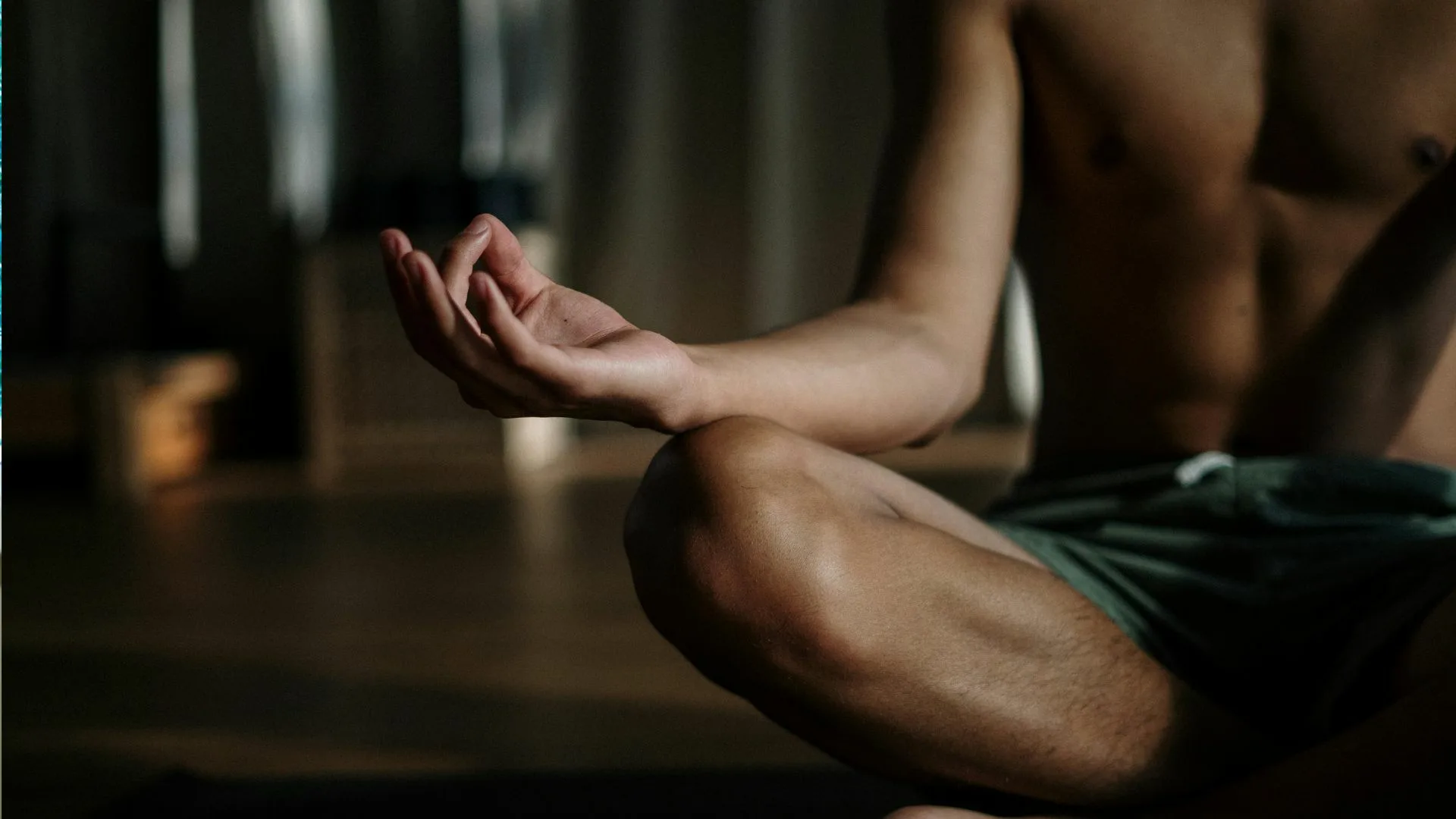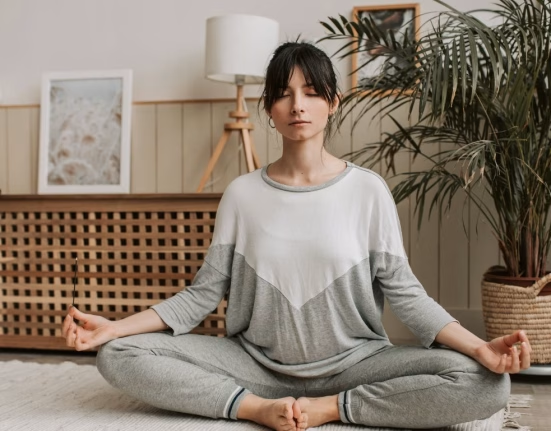If you’re new to meditation, it might feel overwhelming at first, but these basic meditation techniques can help you adjust. They are a simple way to add healthy habits to your routine. Starting with five to ten minutes daily is a good way to begin. If you’ve ever wanted to try meditation but didn’t know where to start, learning a few basic techniques is a great first step. Meditation is often recommended for its health benefits—and with good reason. It can help lower stress, ease physical issues like headaches, and even boost your immune system. More: Learn how to meditate in the right way
Quiet the mind and the soul will speak.
Ma Jaya Sati Bhagavati
If you stick with it, you may notice improvements in your mental clarity and overall mood. Plus, meditation can be done almost anywhere, making it easy to fit into your daily routine. Over time, it can become a powerful tool for maintaining both your mental and physical well-being. More: 7 chakras and how they influence your well-being
Here are 5 basic meditation techniques
Basic Meditation: Sit comfortably and focus on your breathing. If your mind wanders or you get distracted, gently bring your attention back to your breaths.

Focused Meditation: Concentrate on something specific without engaging your thoughts. You can focus on:
- A visual object (e.g., a statue)
- A sound (e.g., ocean waves)
- Your breathing
- A simple idea (e.g., “unconditional compassion”)
Activity-Oriented Meditation: Combine meditation with an activity you enjoy or a new one that helps you focus. Engage in a repetitive activity that allows you to enter a “flow” state and stay present.
Mindfulness Meditation: Stay fully present in the current moment without thinking about the past or future. Focus on:
- Sensations in your body
- Emotions you feel, without analyzing them
Spiritual Meditation: Use meditation as a spiritual practice. You can:
- Meditate on a question until an answer comes
- Clear your mind and be open to insights
- Try kundalini meditation to connect your mind and body
Starting your meditation practice


If you’re ready to try these 5 basic meditation techniques, here are a few simple steps to help you begin. First, decide on a time that works best for you each day. It could be in the morning, during lunch, after work, or in the evening—whatever fits your schedule. Next, pick a spot where you can relax without distractions. Your bedroom is a good choice, but any quiet place like your living room or office will do. If distractions are an issue, try using headphones with calming music. Once you’ve found your space, get comfortable. More: The science behind meditation: How it impacts us
You can sit cross-legged on the floor if that feels good, but sitting in a chair with your feet flat on the ground works just as well. Place your hands in a way that feels natural, like on your lap or knees. Now, close your eyes and focus on your breathing. Pay attention to how each inhale and exhale feels. If your mind starts to wander, gently bring it back to your breath and continue. More: Why is Vipassana so popular?
Meditation offers a wide range of mental and physical health benefits. Practicing it regularly can help boost your mood, improve your sleep, lower stress, and even reduce your blood pressure. Meditation also promotes empathy and may ease symptoms of anxiety and depression. More: Glendalough: Spiritual retreats for prayer and meditation
The key to getting the most out of meditation is finding a technique that works for you and sticking with it over time. Some types of meditation, however, seem to be particularly effective for certain issues. For example, research shows that mindfulness meditation can be especially helpful for managing anxiety and depression. More: Top Hatha Yoga moves for flexibility













